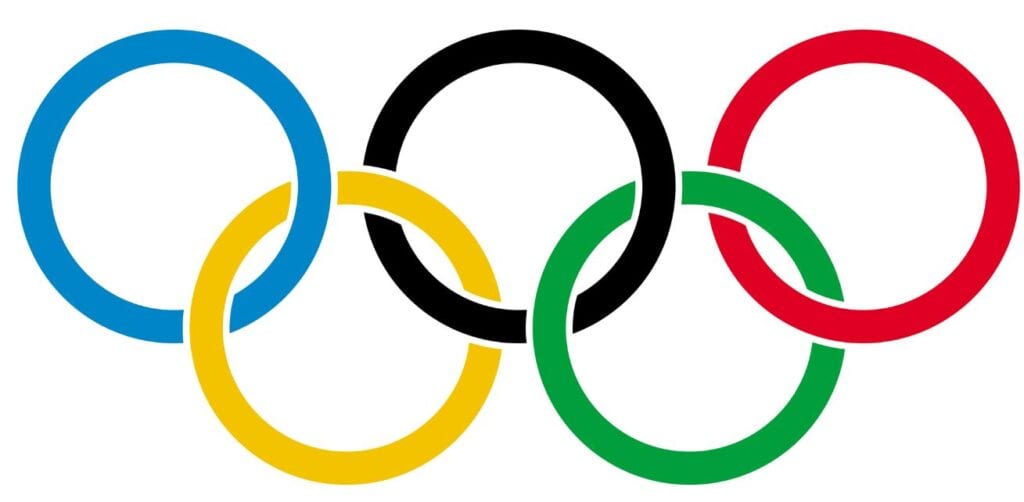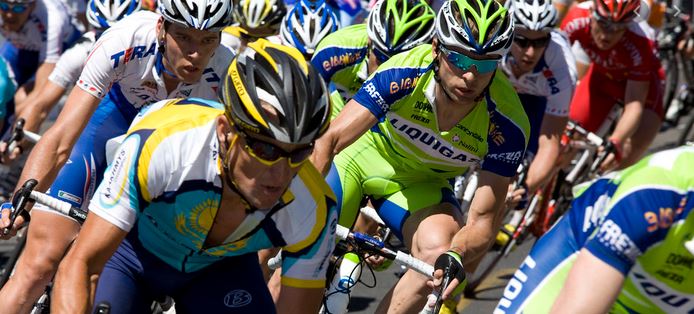
Australian Rules Football is the main sporting code played in Australia and it is big business. All the players are professionals and considerable money is involved in the game. It was first played in 1858.
The objective of Aussie Rules is to outscore the other team in total points. These points are tallied by summing the main goal (worth 6 factors) scored, and also the behinds (worth 1 factor) added up. A goal is scored by kicking [punting] the ball (comparable to a Football) through 2 upright blog posts. The ball has to come off the foot of a player. So no throwing or punching it with– it has to be kicked through. A behind is scored if the ball is touched by any individual, or is kicked through the smaller sized articles on either side of the goal messages.
The ball can be moved around the ground by either: running with it, kicking [punting] the ball, or handpassing (punching with a closed fist). Tossing or throwing the ball is not allowed..
A player running with the ball remains in open play. He may be tackled with by any person from the opposing team. A tackle with generally implies finishing up the player on the ground, like in rugby, but can be like a great ole American-style ‘hit’. If a player is tackled, he needs to make an instant effort to throw away the round (legitimately– no tossing currently). If he hangs on to the ball throughout a tackle (like as in rugby), he is considered ‘holding the ball’ and the tackler gets a free kick. Currently, on the other hand, it is illegal to deal with a player without the ball. So, if a player does get rid of the ball during a tackle, the tackler has to promptly release.
A player can kick the ball in any direction (but of course, the objective is to get it to your goal). If a player from either team marks [gets] the ball from a kick, he might take an un-obstructed kick from that spot.
The other method of passing the ball is to handpass, or punch, the ball. However unlike noting [getting] a kicked round, receiving a handpass does not give you an un-obstructed free-kick.
Australian Rules Football is the main sporting code played in Australia and it is big business. All the players are professionals and considerable money is involved in the game.
One thing that the AFL really is seen as a model around the world is the involvement of sports medicine and sports science in the way its used to get the best out of each player. Even Podiatrists in the AFL are recognized as a model of their involvement with professional sports teams.




